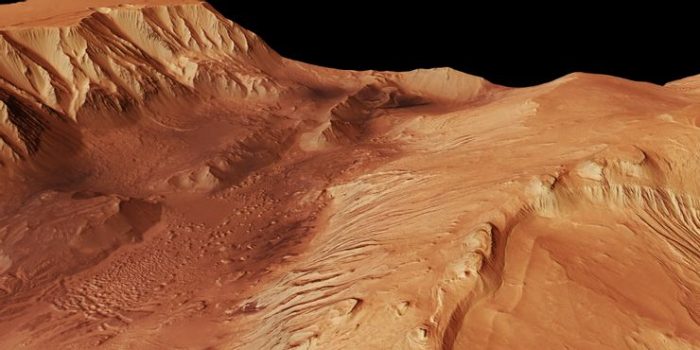Mars has a thin atmosphere with 95 percent carbon dioxide. The planet is harsh and chilly. The planet’s frequent dust storms and cosmic radiation, with temperatures averaging approximately 81°F below zero (62.78°C below zero) have made it unfit for humans. However, previously it was not this hostile.
According to James L. Green, NASA’s chief scientist who has worked there since 1980 and oversaw missions across the solar system, humanity can terraform Mars and possibly Venus, as cited in a recent interview with The New York Times.
He earlier stated that this could be done by constructing a huge magnetic shield between the planet and the sun, which would prevent the solar winds from stripping and depleting the planet’s fragile atmosphere. This would allow the planet to trap more heat and warm its climate enough to make it habitable.

“Yeah, it’s [terraforming Mars is] doable,” Green said, in the Times interview. “Stop the stripping, and the pressure is going to increase. Mars is going to start terraforming itself. That’s what we want: the planet to participate in this anyway it can.”
Green said there are many ways to make the magnetic shield.
“I’m trying to get a paper out I’ve been working on for about two years. It’s not going to be well-received,” he said. “The planetary community does not like the idea of terraforming anything. But you know. I think we can change Venus, too, with a physical shield that reflects light. We create a shield, and the whole temperature starts going down.”
There is also the “Confidence of Life Detection,” or CoLD, scale, which is one of Dr. Green’s latest and noteworthy proposals. The scale is divided into seven different levels, each of which serves as a benchmark that must be satisfied moving on to the next step. Discovering living signatures like biological chemicals, for example, would be level one. The second level would be ruling out the possibility that the evidence is due to contamination from Earth. Lastly, the final level would be scientists declaring they’ve discovered evidence of extraterrestrial life.
Dr. Green was also asked if he is surprised that life has yet to be discovered on the Red Planet despite NASA exploring Mars since 1976. “Yes and no,” he said. “What we’re doing now is much more methodical, much more intelligent in the way we recognize what signatures life can produce over time.”
“One of the Viking experiments indicated there was microbial life in the soils, but only one of the three instruments did, so we couldn’t say we found life. Now we’ll really, definitively know because we’re going to bring back samples.”


